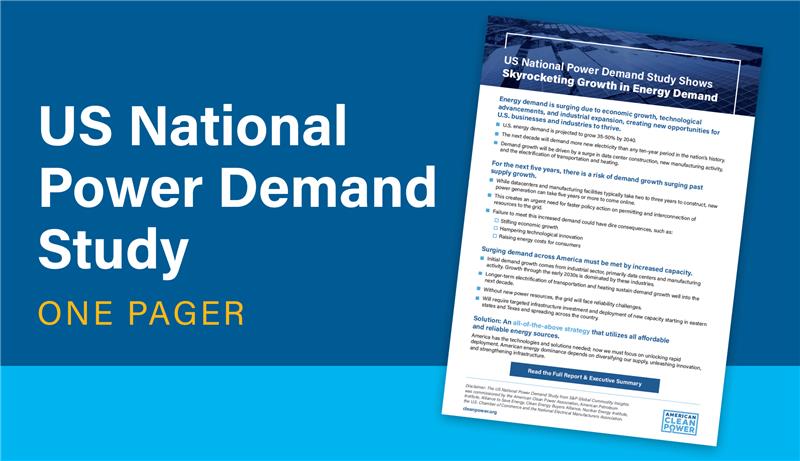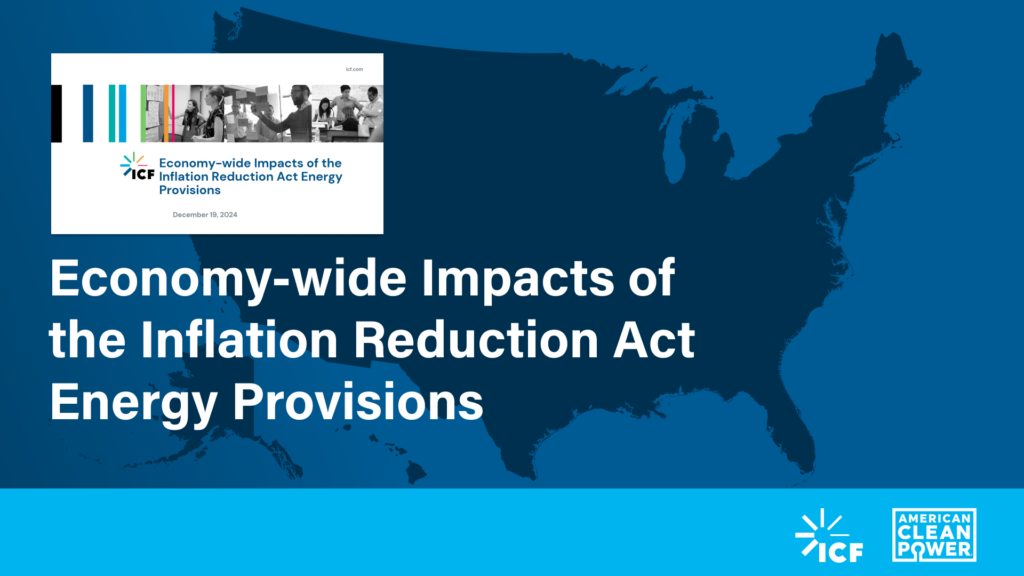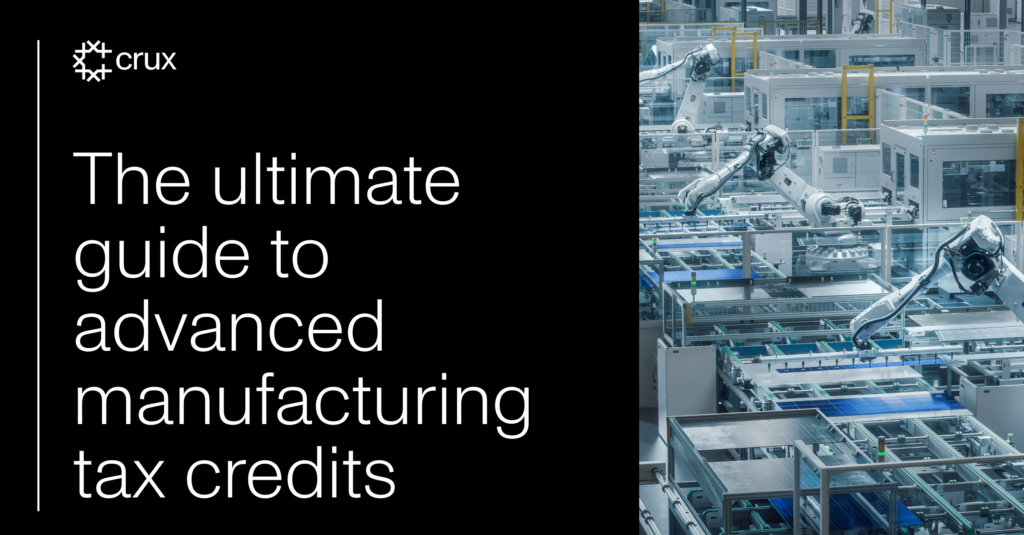There have been a variety of green hydrogen (H2) climate and cost analyses published in the last few months. ACP staff have qualitative views on the strengths and weaknesses of each. A short description of each study’s principal conclusions is below.
E3/ACORE: Concludes annual matching is relatively less emissions- and cost-intensive than hourly matching in most scenarios and configurations of wind/solar. Two things drive this: 1) excess renewable generation supplanting fossil generation delivers more emissions avoidance than hours when the electrolyzer needs to pull power from the broader grid, and 2) electrolyzers are incentivized under an annual regime to avoid the highest priced hours, which are typically the most emissions intensive.
Wood Mackenzie: Found annual matching using RECs as an offsetting mechanism can result in net-zero carbon intensity and economically competitive green hydrogen production. Conversely, hourly matching requirements could result in unfavorable economics.
Rhodium Group: Generally, finds that near-term flexibility (annual tracking) may lead to overall GHG emissions increase, but is helpful in getting industry off the ground and ultimately playing a critical role in deep decarbonization.
MIT Energy Initiative: Concludes annual tracking when H2 production incentivizes new renewables to connect to the grid has a low consequential emissions impact. As demand for H2 grows, shifting to an hourly approach limits the risk of higher consequential emissions impact.
Energy Innovation LLC: Concludes phasing-in hourly time-matching is optimal. The firm also stresses the importance of additionality—only new clean power projects deliver power to electrolyzers.
Energy Futures Initiative: Broader work product describing future pathways for hydrogen in the economy. The report does recommend a phased approach to 45v guidance—starting with annual matching with an ultimate move to daily or hourly matching.
Princeton ZERO Lab: This work focuses on the Western US, concluding grid-connected hydrogen electrolyzers induce emissions at levels significantly higher than existing SMRs, unless hourly time-matching is enforced. The study also finds hourly time matching to be cost-effective.
Boston Consulting Group: This is the latest study on this topic. BCG finds annual matching with a few specific conditions yields green hydrogen production at emission levels at or below 0.45 kg CO2e/kg H2. The conditions include halting production during highest load hours, procuring excess clean energy resources, and procuring a mix of renewable resources. Hourly matching is expected to be cost prohibitive for early deployments.





